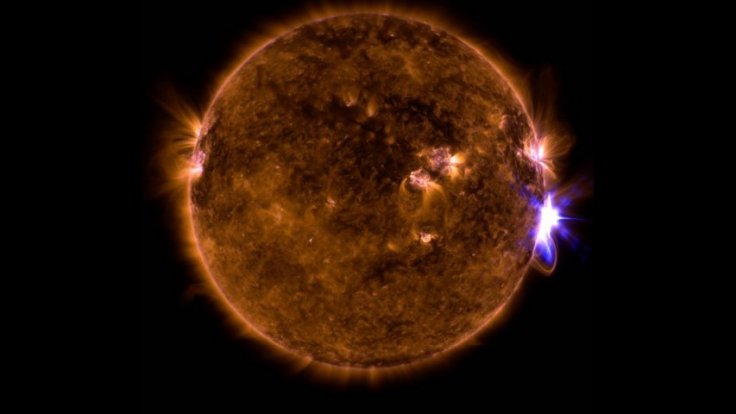Around 99 years ago, the Sun produced a powerful solar storm that caused high levels of destruction on Earth. The event was regarded as the most powerful solar storm to affect Earth in the 20th century.
The solar event occurred on May 12, 1921. It began after a massive sunspot identified as AR1842 flared up, sending coronal mass ejections (CME) towards Earth.

Solar Storm Of 1921
Over the next three days, the CMEs battered Earth's magnetic field, causing disruptions in electricity and power. Different parts of the world experienced similar issues caused by the solar storm. Countries such as Australia, Brazil, France, Denmark, Japan, the U.K., New Zealand and the U.S. experienced widespread disruptions in telephone and telegraph communications.
According to reports, electrical currents induced the geomagnetic activity on Earth caused a surge in the telephone and telegraph lines, causing them to overload. In other places, such as Sweden and parts of the U.S. and the U.K., fires broke out. They were caused by powerlines and telegraph facilities bursting into flames due to the sudden electrical surge triggered by the solar storms.

Powerful Solar Storm Happening Today
According to experts, solar storms as powerful as the one that hit Earth in 1921 tend to happen in 100-year cycles. This means that another powerful solar storm could bombard the Earth next year. Since Earth has more technologically advanced equipment and facilities today than in 1921, a similar solar event would have greater devastating effects on the planet now than a hundred years ago.
According to Mike Hapgood, a scientist who conducted a study regarding the solar storm of 1921, a powerful geomagnetic event would disrupt most technological innovations that people rely on daily. "This could include regional power outages, profound changes to satellite orbits, and loss of radio-based technologies such as GPS," he said in a statement according to SpaceWeather.com."The disruption of GPS could significantly impact logistics and emergency services."
As noted by Hapgood, drastic solutions need to be enacted in order to shield Earth's facilities, such as power grids, communication lines and satellites from the adverse effects of a powerful solar storm from the Sun.









